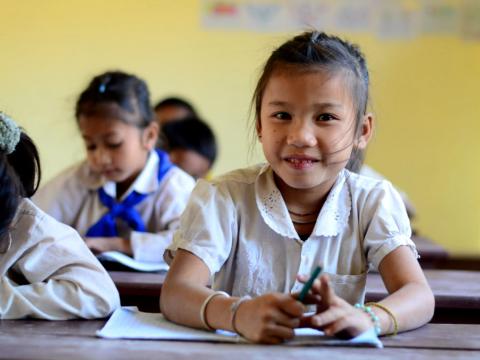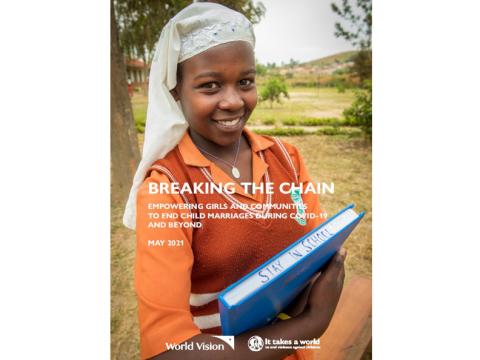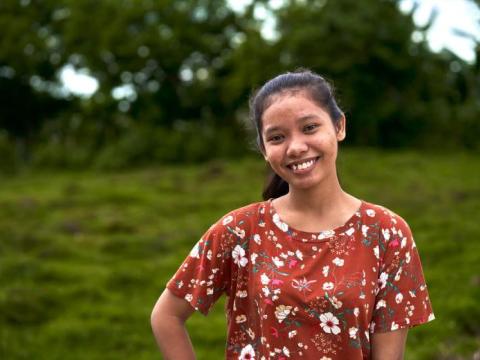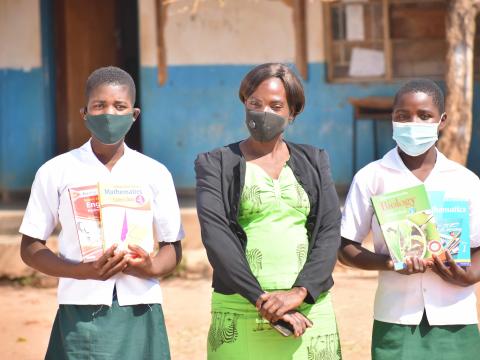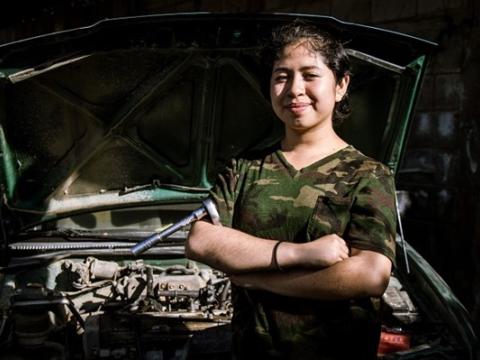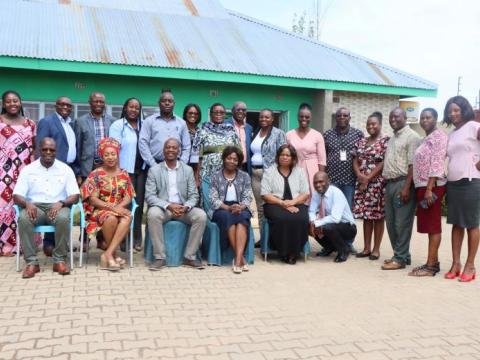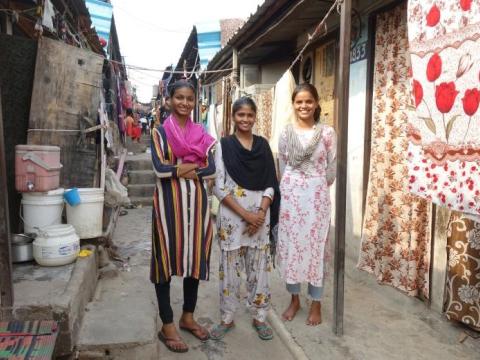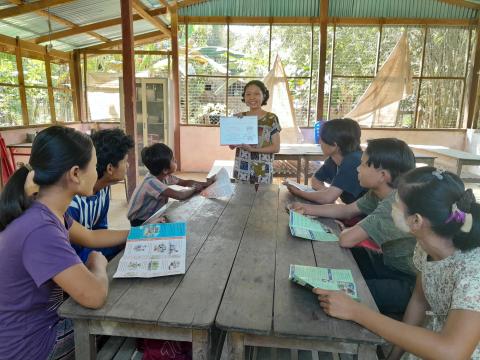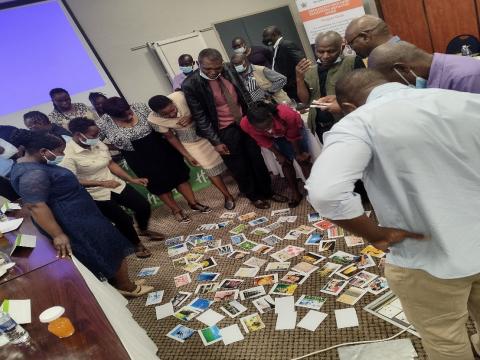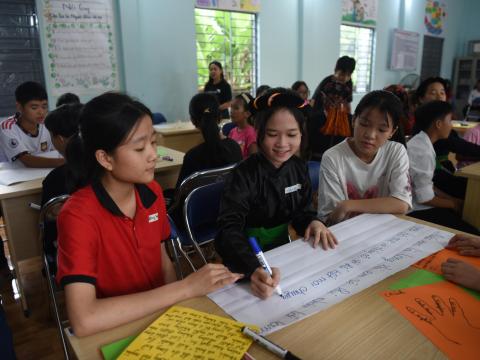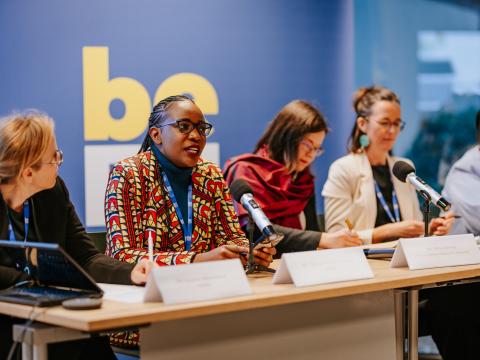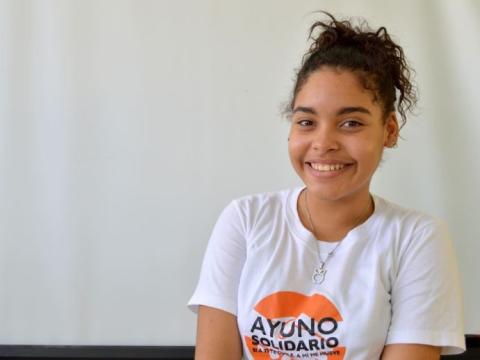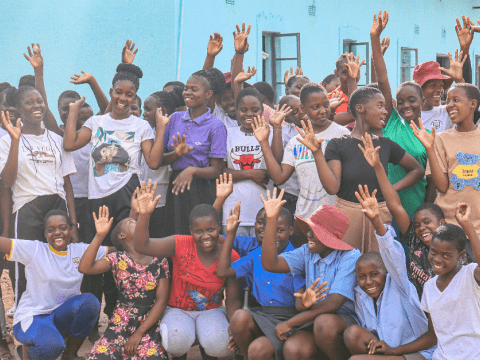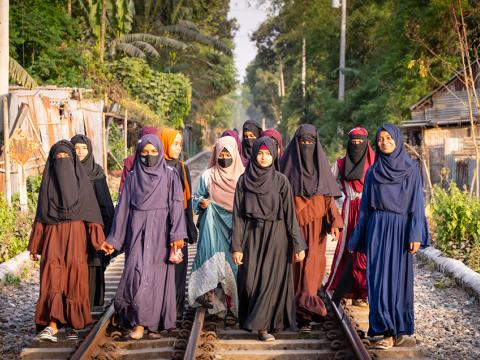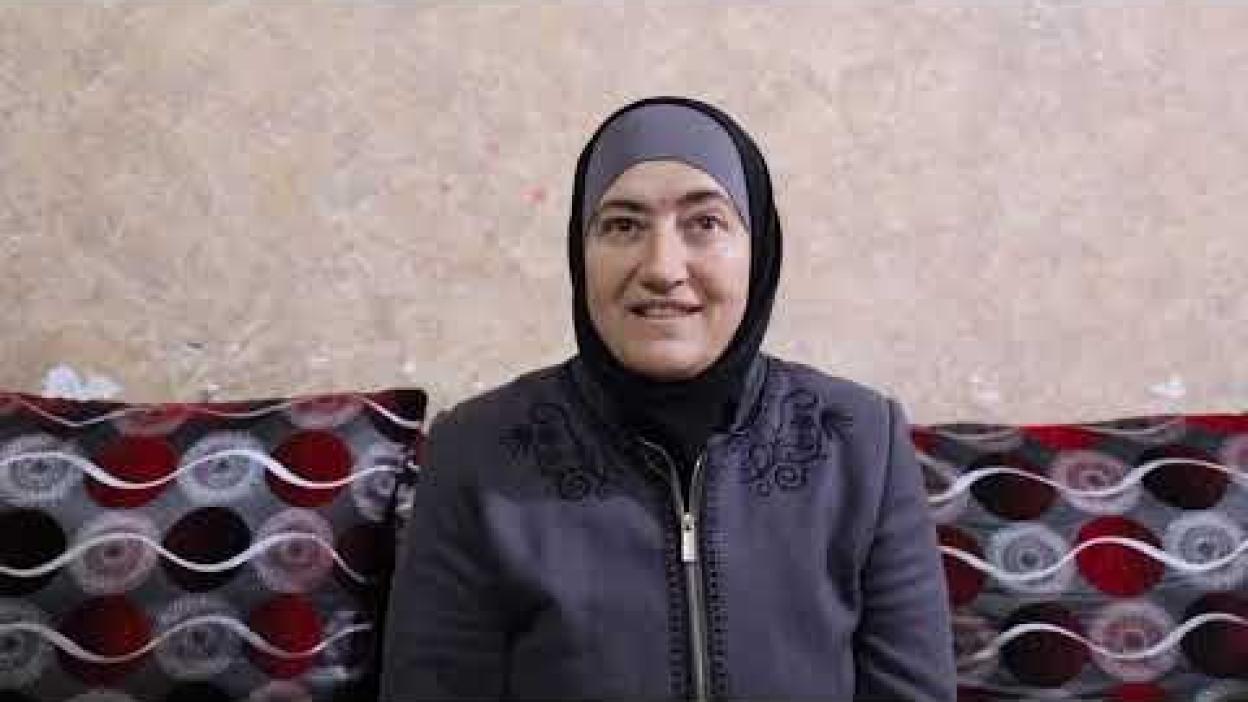World Vision's Approach to Girl's Education
Girls and boys have the right to education. World Vision works to make sure girls get into and stay in school and supports their learning and life skills by promoting an equitable home, community, and school environment that encourages learning for both girls and boys. World Vision also works with wider Education systems on equitable and effective policy and resourcing, as well as addressing broader harmful social and gender norms and practices that marginalises children, including girls.
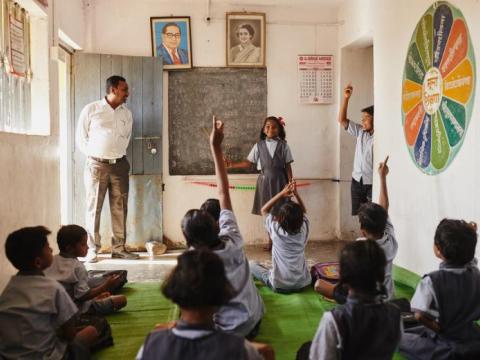
Why focus on Girls' Education?
Why investing in girl's education right now is essential
Education gives girls the potential to earn better wages, raise healthier and more educated children, and have a voice in their community.
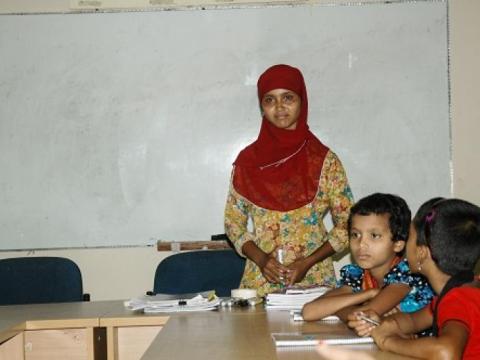
World Visions' Approach to Girls Education
Girls’ education: Integrated approaches for sustainable results
There are many barriers to educating girls. Some must work to help their families, or stay home to care for younger siblings. Read more
